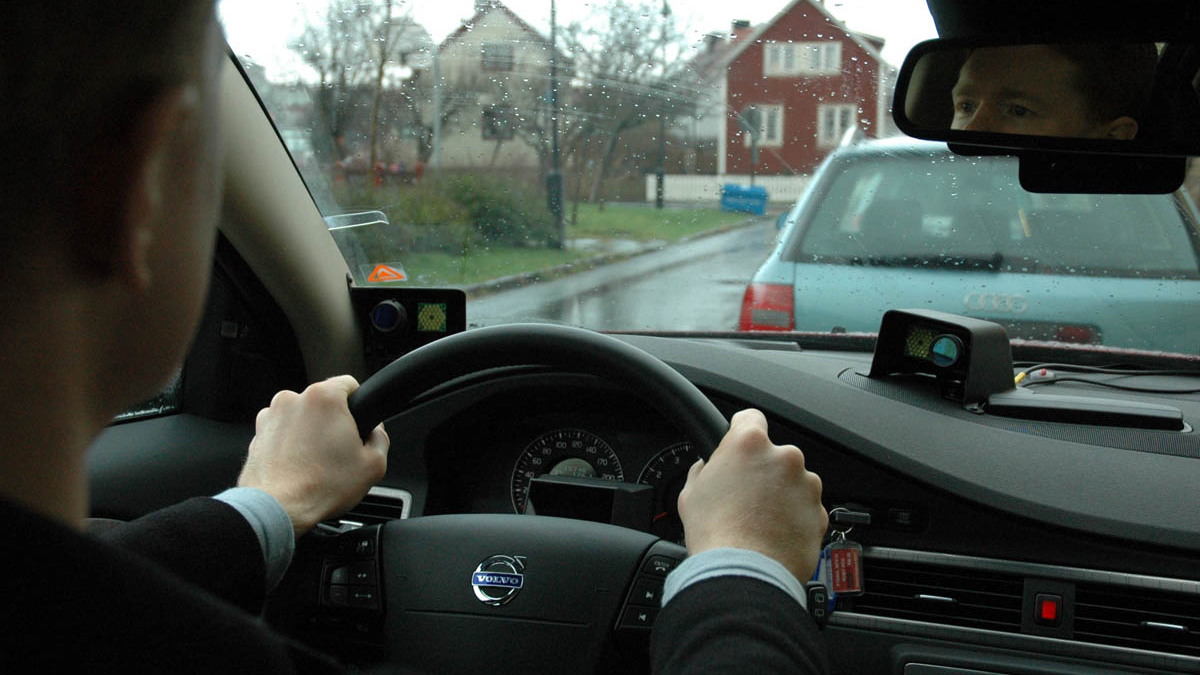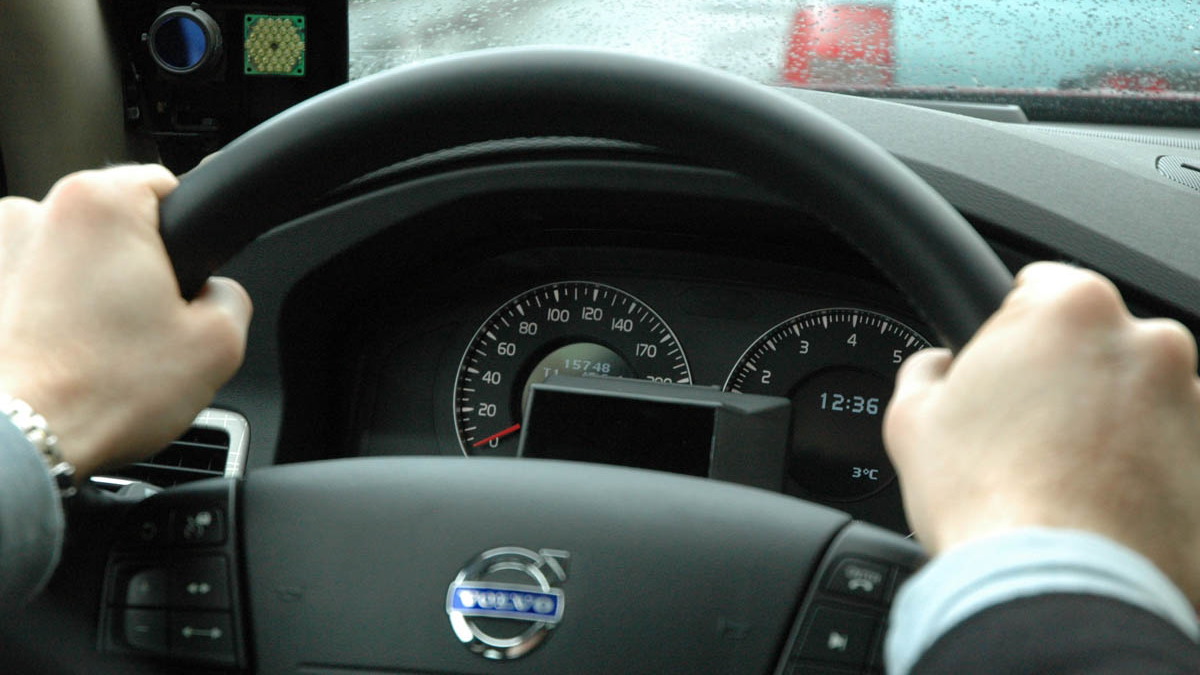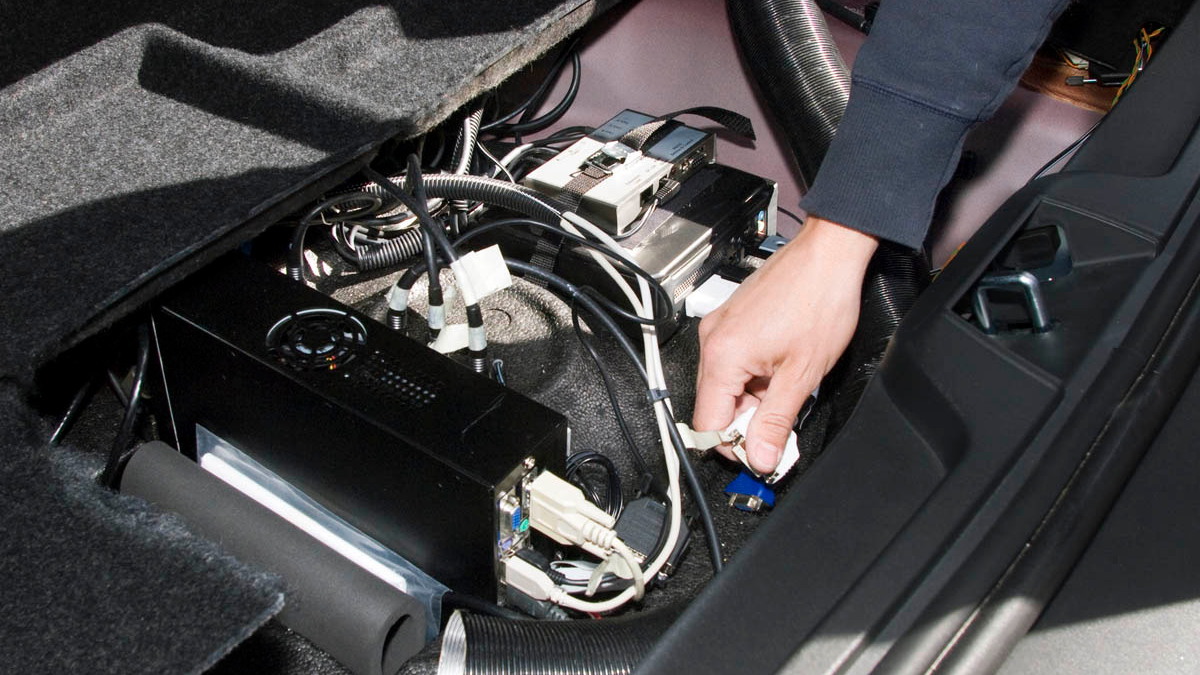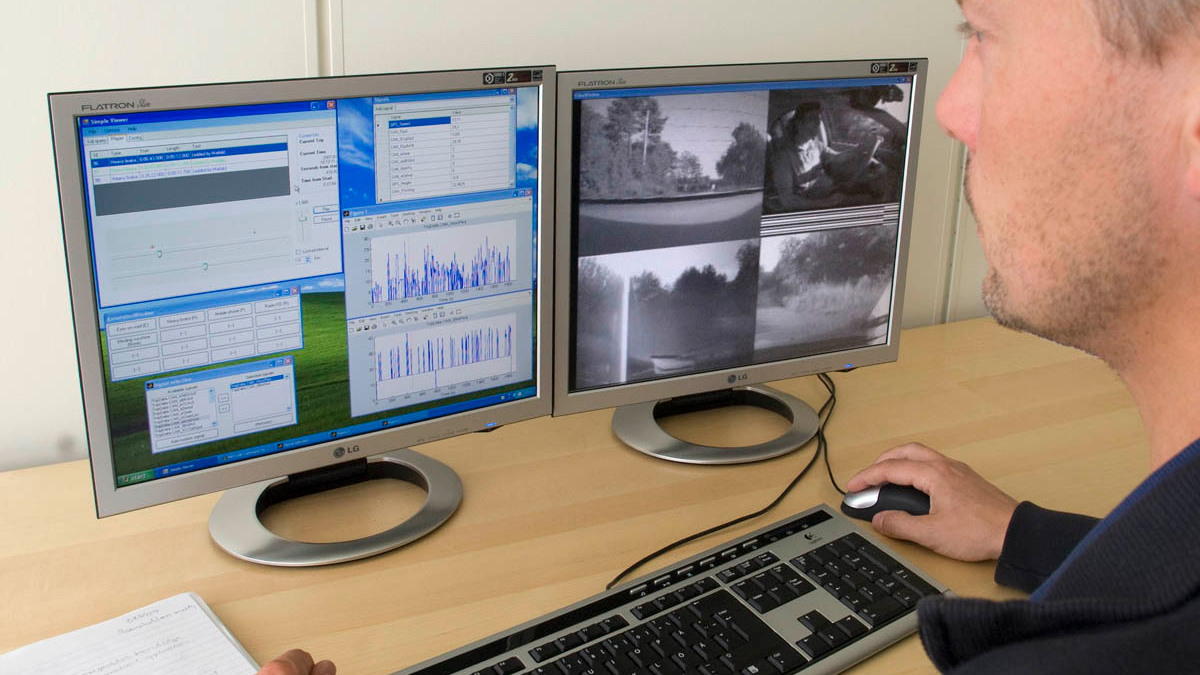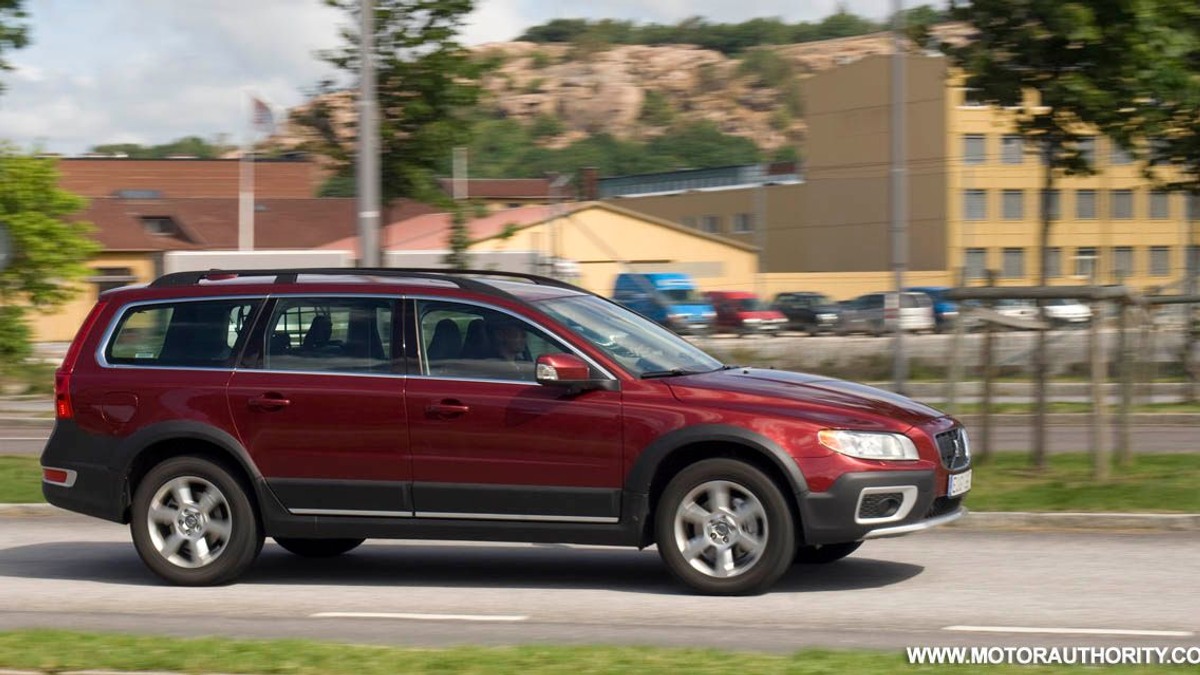The data Volvo is mapping records the driver's view of the road, a view looking out the back of the car and the driver's head and eye movements. A data logger details the car's status and movement. Once all of this data is gathered over the course of a three-year, 1.8 million mile (3 million kilometer) field test, Volvo will have a model of human behavior in a wide variety of on-road conditions and situations.
"In order to move towards a crash-free future, we need to learn more about what kind of mistakes and situations that might lead to accidents," says John-Fredrik Grönvall, senior Research engineer and leader of the Field Operational Tests (FOT) at Volvo Cars.
The project is being conducted in concert with the Chalmers University of Technology, industry group SAFER and several other companies as part of an EU-sponsored project called EuroFOT. A fleet of 100 Volvo cars will be outfitted with the data-collection equipment, with field-testing already underway.

